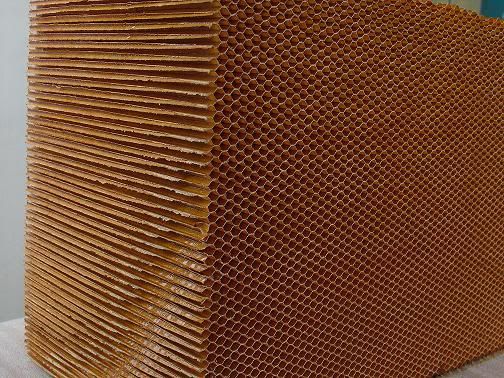agilitydog
Well-known member
I've heard some wonderful classical guitars made with a double top construction with nomex mesh sandwiched between the very thin top pieces. Has anyone had experience with this construction technique on ukuleles? The only place I know that even sells nomex is LMI. There are a few demo videos out there but none with ukuleles. Curious!






